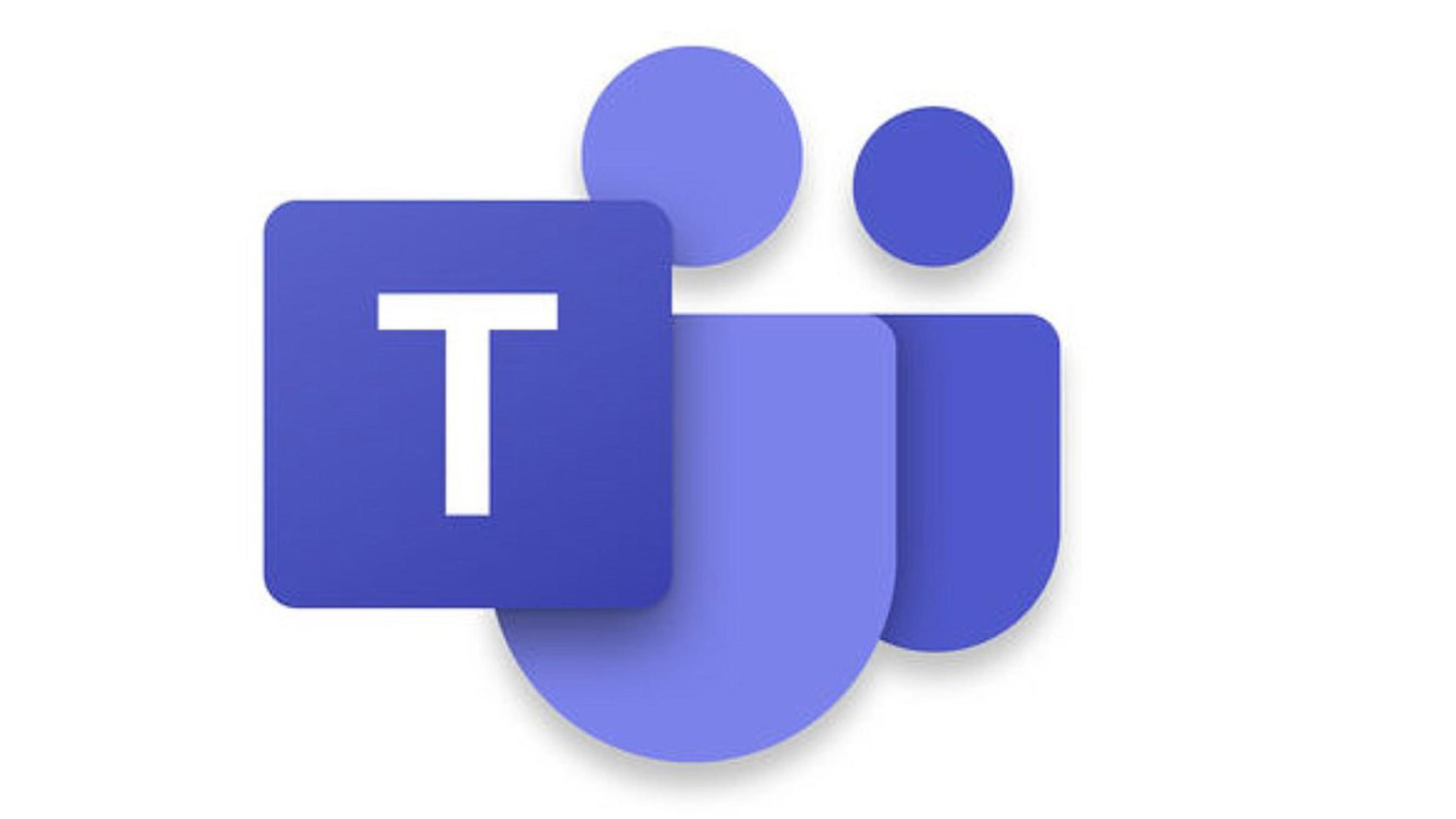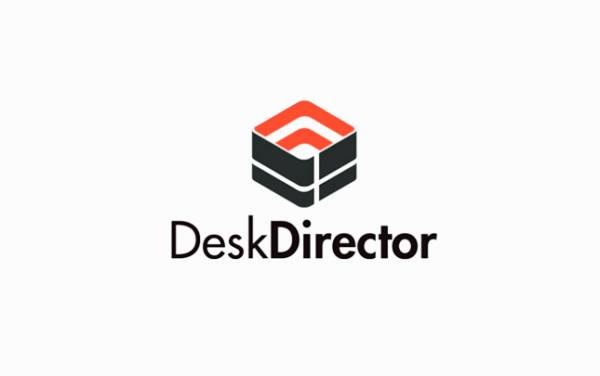
There’s a reason the unified communications (UC) market is surging: The technology is revolutionary, providing teams of all sizes with the tools they need to take their game to the next level.
Part of the reason that the global UC market is expected to eclipse $75 billion by 2020 stems from the fact that the technology—which integrates voice, video, instant message, email and presence into a single interface—has seeming endless applications.
You shouldn’t wonder about whether your business will benefit from UC tools; it will. But you should start thinking about how your company can get the most benefit from the technology. Let’s take a look at examples of how UC solutions can be applied in companies of all sizes:
- Small companies. You’re an entrepreneur who’s keen on marketing. You’ve just started a business with your old college buddy who’s a developer. Problem is he lives in San Francisco and you’re in New York City. While you’re both able to take care of a lot of your responsibilities by yourselves from the comfort of your homes, you still need to meet with one another and be able to communicate in real time. As your business begins to grow and you open up offices on each coast, running your company smoothly becomes more of a challenge. In such a scenario, UC tools allow you to easily stay connected to your co-founder as well as the handful of employees employed on both coasts.
- Midsized businesses. In many ways, your contact center is the nexus of your organization. After all, when customers—the lifeblood of your business—reach out to your agents, chances are they’re frustrated with your products or services for one reason or another. As such, your agents need to be able to address their concerns in a quick and thorough manner. Now, let’s say a customer calls with a super-specific technical question, and your agent is unsure of how to answer it. In the past, this agent might have transferred the caller to a subject matter expert. That expert would then ask the customer to repeat the problem—assuming, of course, he or she didn’t hang up after being on hold for awhile. With UC technology, however, rather than transferring the call, the original agent could simply send a quick instant message to an available engineer, get the answer in real time and relay that to the customer. The end result is a better-oiled customer service operation.
- Large enterprises. Let’s imagine now that you’re the CMO of a major e-commerce organization. You have about 100 employees working underneath you in what’s a very loud and vibrant workplace. Over the course of the week, you see many employees trekking from one side of the office to the other to look for co-workers. Unfortunately, the sought-after associates often happen to be away from their desks. You realize this happens many times over during the course of a week. By implementing UC tools, your employees are able to use presence and instant messaging technology to ask each other quick questions instead of walking across the office to no avail. Over the course of a year, this reclaimed time will reduce costs and increase collective output.
The benefits of UC extend beyond these three examples, which simply serve to point out the technology’s power to improve business communications and collaboration for businesses across all verticals.
Are you looking to transform your communications infrastructure? If so, it might be time for you to consider whether UC tools are right for your business. Contact us for more info!























